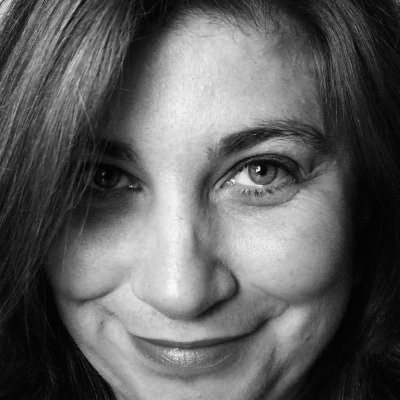Walt Disney–died #OTD 1966–"There's absolutely no truth to the rumor that my father wished to be frozen. I doubt he'd ever heard of cryonics."
David Bomberg–born #OTD 1890–whose faith in the machine age had been shattered by his experiences as a soldier in the trenches & moved to a more figurative style in the 1920s, his work becoming increasingly dominated by portraits & landscapes drawn from nature.
Francis Bacon, born #OTD 1909: "I would like my picture to look as if a human being had passed between them, like a snail leaving its trail of the human presence… as a snail leaves its slime."
During WWII, Pablo Picasso–born #OTD 1881–remained in occupied Paris & was often harassed by the Gestapo. During one search of his apartment, an officer saw a photograph of his painting Guernica. "Did you do that?" he asked. "No," Picasso replied, "you did".
The ailing William Blake cried out #OTD 1827: "Stay Kate! Keep just as you are – I will draw your portrait – for you have ever been an angel to me." He finished sketching her & began to sing hymns & verses, and, after promising his wife that he would be with her always, he died.
After WWI, Paul Nash–who died #OTD 1946–continued to focus on landscape painting, initially in a formalised, decorative style but later in an increasingly abstract & surreal manner, often placing everyday objects into a landscape to give them a new identity & symbolism.
Käthe Kollwitz–born #OTD 1867–studied art at a time when women were still denied access to art academies, & was vetoed from winning a prize at the Grosse Berliner Kunstausstellung by Kaiser Wilhelm II who said: “Orders & symbols of honour belong to the chest of deserved men.”
Life was often a jungle for tax collector Henri Rousseau, an artist with a proper job, who was born #OTD 1844.
When challenged to write "a book children can't put down" using only 250 key words, Theodor 'Dr Seuss' Geisel–born #OTD 1904–nine months later, hatched The Cat in the Hat, using just 236 of the words given to him.











